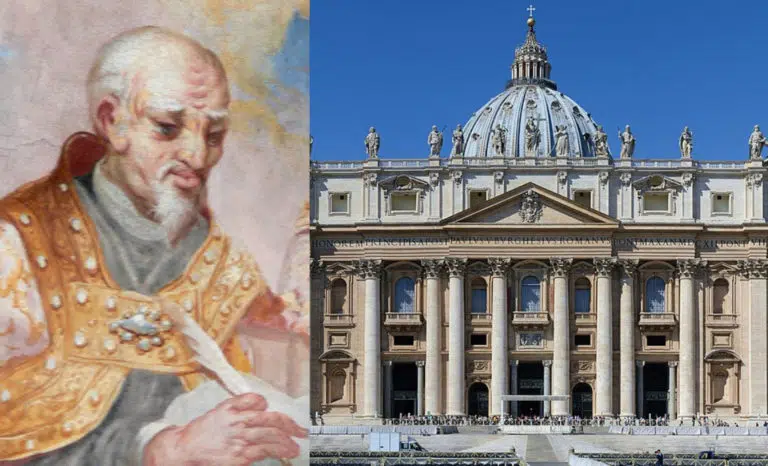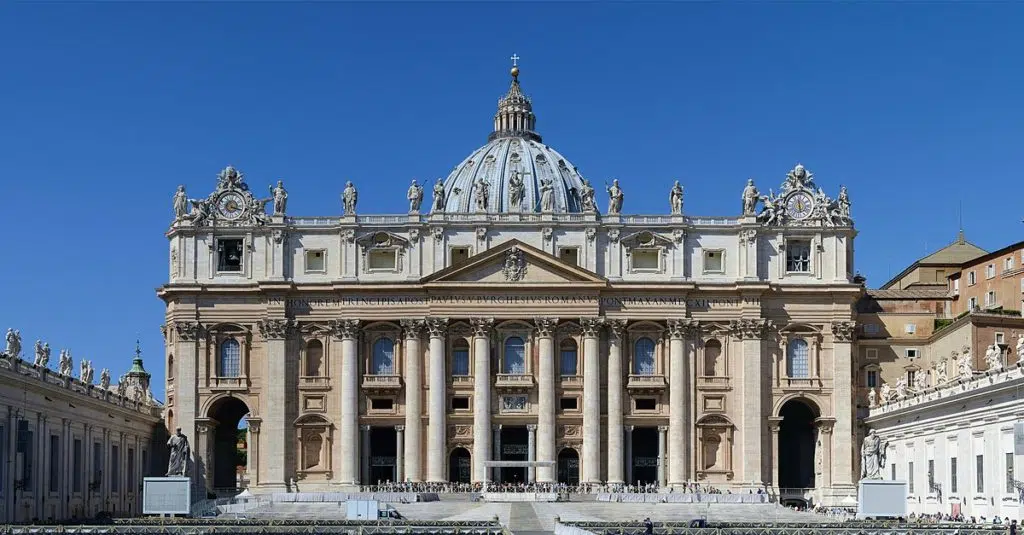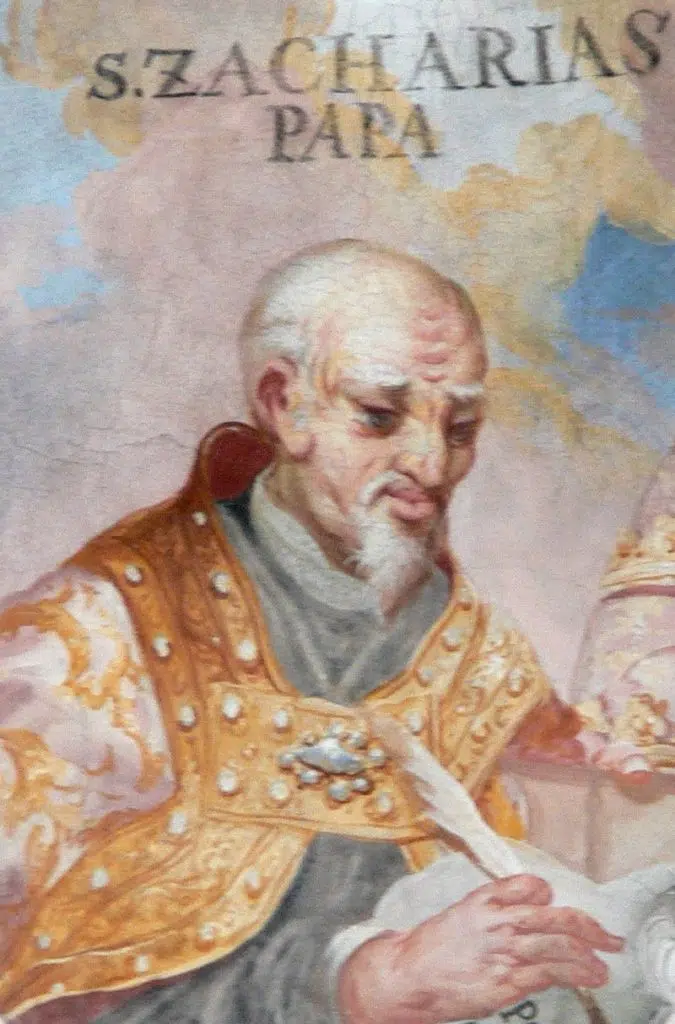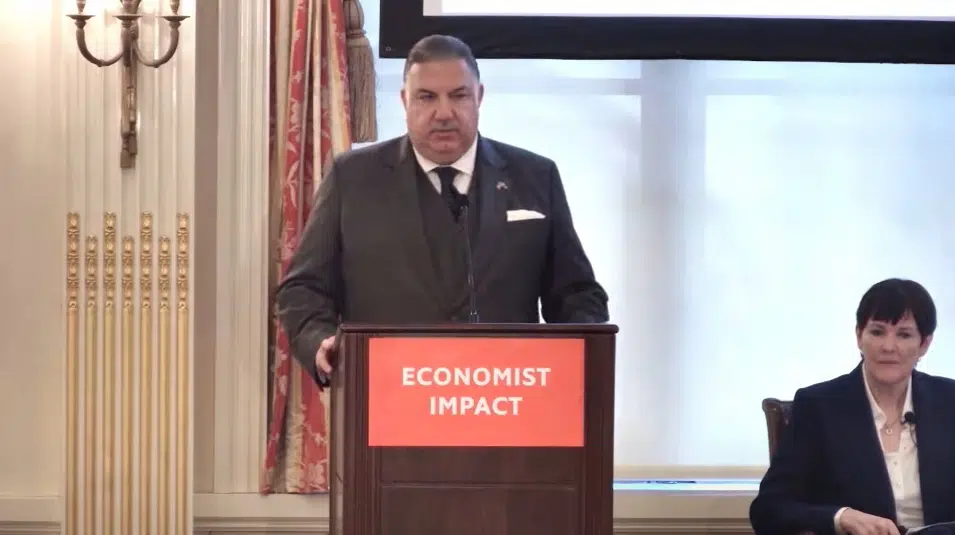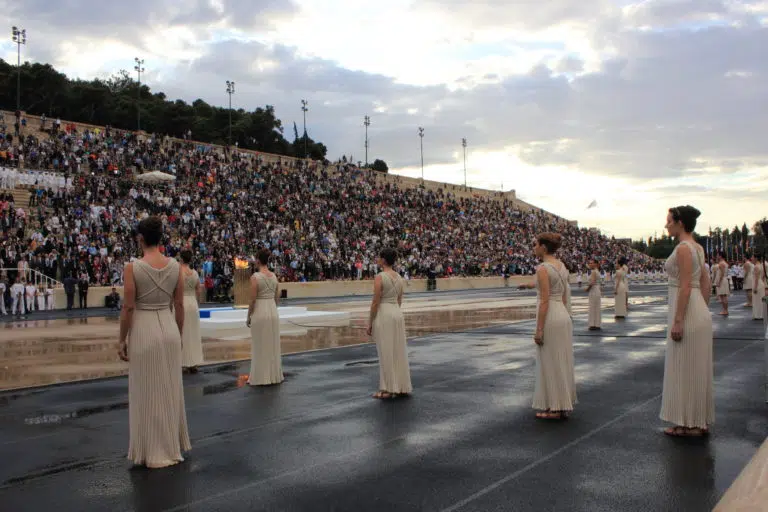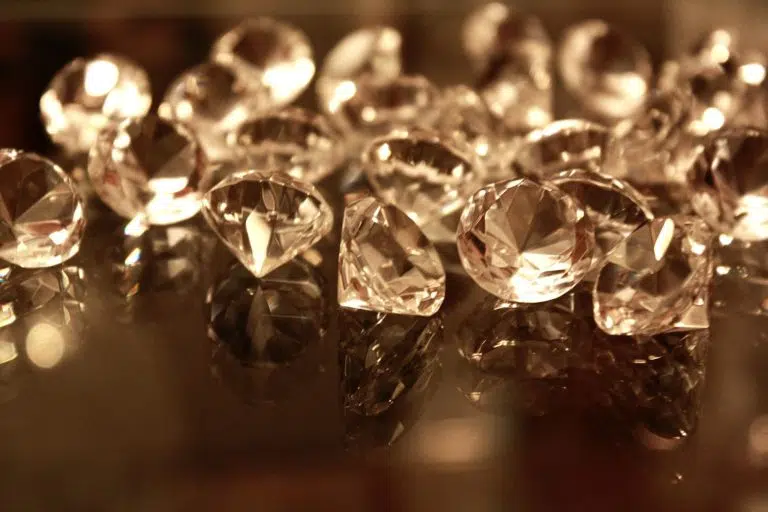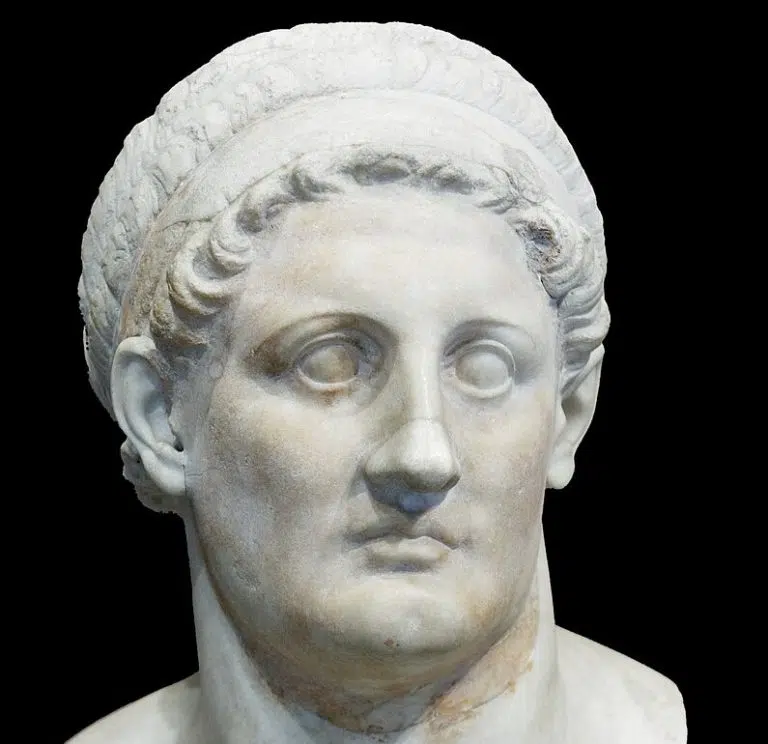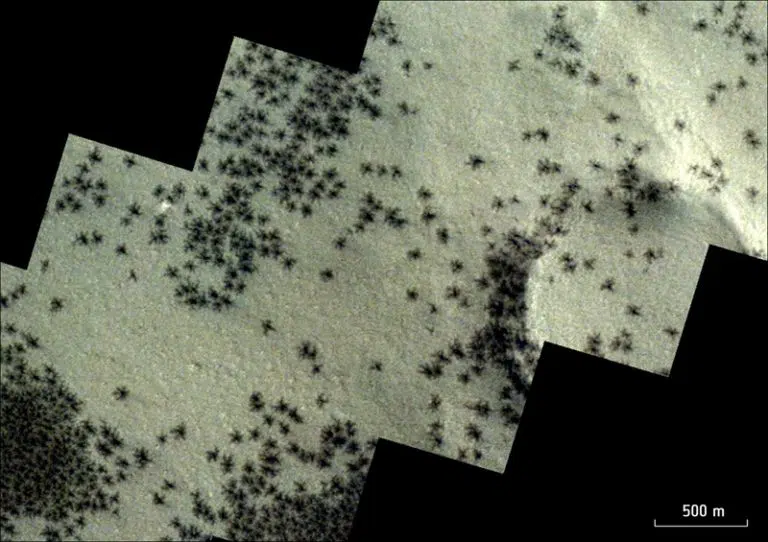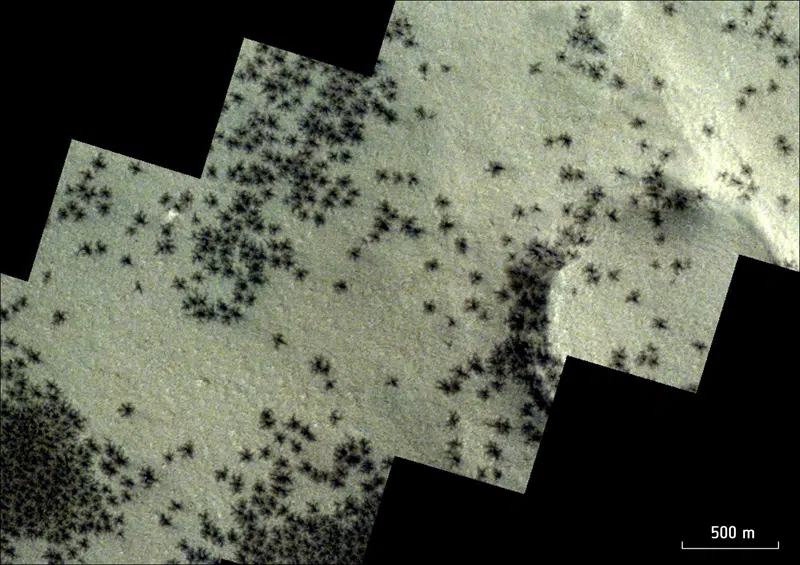
It was on Sunday, April 27, 1941, when German troops entered Athens. The capital’s residents remained stubbornly locked up in their homes.
The hoisting of the Nazi swastika flag on the Acropolis marked the beginning of the German Occupation. Soon, the Germans set up a puppet government with Georgios Tsolakoglou, the general who signed the capitulation, as prime minister.
As the Wehrmacht motor units began rolling into the empty streets, the voice of the Athens Radio Station announcer Konstantinos Stavropoulos echoed inside the homes of Athenians— and still echoes eerily through the decades.
“Attention! Attention!” Stavropoulos’ voice thundered through homes, “The capital is falling into the hands of the conquerors. On the Sacred Rock of the Acropolis, the blue and white is no longer flying proud. Instead, it is replaced by the banner of violence. The guard of our flag, ordered to take it down to raise the German flag, committed suicide by jumping off the cliff at the point where the blue and white was flying. Long live Greece!”
National Anthem played for the last time as German troops stormed Athens
Then the Hellenic National Anthem played for the last time on the radio, not to be heard again until three and a half years later when Athens was liberated. It was followed by the last free announcement.

“Attention! The Athens Radio Station will no longer be Greek after a while,” it was said, as “it will be German and will be broadcasting lies! Greeks! Do not listen to it. Our war continues and will continue until the final victory! Long live the Nation of Greece!” The announcement was followed by a silence that was equally chilling.
The radio silence was broken several hours later with the first announcement of the Nazi conquerors, in Greek and German as follows.
“The Mayor of Athens, retaining all the powers in the city of Athens under German Occupation, announces that today, Sunday, April 27th, at eight o’clock am, German troops entered the city of Athens and took possession of it.”
“Under the German troops, unequivocal assurances were given that the population of Athens have nothing to fear,” the announcer reassured citizens, and “We call upon everybody as to behave in an orderly manner, with dignity and courtesy. The Mayor of Athens commands that, as of this time, the normal life of the city resumes smoothly.”
A list of instructions, which can be seen below, followed. These included:
1. Shops normally closed on Sundays, should open immediately.
2. Immediately, people can begin moving around the city, allowed until 11pm. From 11pm (Greece time) until 6am, traffic is forbidden. Police officers may, under their own responsibility, issue special permission for free movement during the forbidden hours when necessary.
3. The Gendarmerie and the City Police will keep their arms to preserve order.
4. Holders of any army rifles, hunting rifles, pistols or other handguns should immediately surrender them to their local police stations and receive pertinent proof of surrender.
5. Wherever there is a Greek flag hoisted, a German flag must also be raised to the right.
6. Newspapers may be published and circulate at regular times and editions.
7. Everyone is obliged to accept German banknotes at a price of 50 GRD per Deutsche mark.
8. On the morning of Monday, all public, municipal, and other agencies and offices should open and employees should be in their positions and all other employees at their workplace.
9. The German Occupation Armed Forces Guard headquarters are stationed in the “KING GEORGE” Hotel at Syntagma Square. The German Army headquarters are at “GREAT BRITAIN” Hotel.

Greek author commits suicide: Better to die a patriot
Penelope Delta, the famous Greek author, decided to take her own life just as Nazi Germany’s forces occupied Athens.
Delta was well known for the children’s books that she had written throughout her life. Aspects of her own childhood and family were utilized as starting points for her stories, including for her Romiopoules (“Young Greek Girls”) trilogy that she completed toward the end of her life.
On April 27th, the day German forces entered Athens, Delta committed suicide by poisoning herself and dying days later on May 2nd. For Delta, it was better to die a patriot to her beloved Greece than see it ravaged by the Nazis. Before committing suicide, Delta left one last note to her children.
Delta’s note read: “My dear children, I do not want to have a priest nor an official funeral upon my death. Bury me at a corner of our garden, but only when you are certain I do not breathe anymore. I kiss you all, With love Penelope Delta.”
Her children followed her request and buried her in the family garden. One exception they made to her will was inviting the Archbishop of Athens to preside over her burial. The archbishop, Chrysanthus of Trebizond, was not only her friend but one of her earlier inspirations.
Germany imposes harsh measures on Athenians
When German forces entered the Greater Athens area, they were under strict orders to behave in a civilized and courteous manner, and to treat the Greeks as though they had been “liberated from British occupation.”
After a while, they came to be hated as they imposed increasingly harsh measures on the population. A curfew was enforced. All shutters had to be kept closed even during the oppressive heat of the summer nights.
Criticism of German soldiers was completely outlawed no matter the circumstances, and even so much as a glance could land one in trouble. The Germans themselves were the arbiters of what constituted a ‘critical glance.’
The conquerors were afraid to sleep in camps for fear of bombardment by the Allies, so they appropriated private homes for their own use. They requisitioned all public and most private transport so that citizens had to walk or use the home-made two-wheeled push-carts which were used as ‘taxis.’
Hospitals were emptied of the sick, including war casualties, to ensure that they would be available, if required, for German soldiers. The wounded victors of the Albanian campaign were turned out of their beds to be quartered in vacant warehouses, or were forced to wander the streets in pyjamas. Medicines were reserved for the use of the conquerors.
What followed was infinitely worse, as in the three and a half years of German Occupation, about 600,000 Greeks died of hunger, various diseases, and harsh conditions. Furthermore, 105,000 passed away in concentration camps.
Over 56,000 Greeks were executed by the Germans, mostly in retaliation to acts of the Greek Resistance. Finally, over 20,000 Greek Resistance fighters died fighting the occupying forces.




